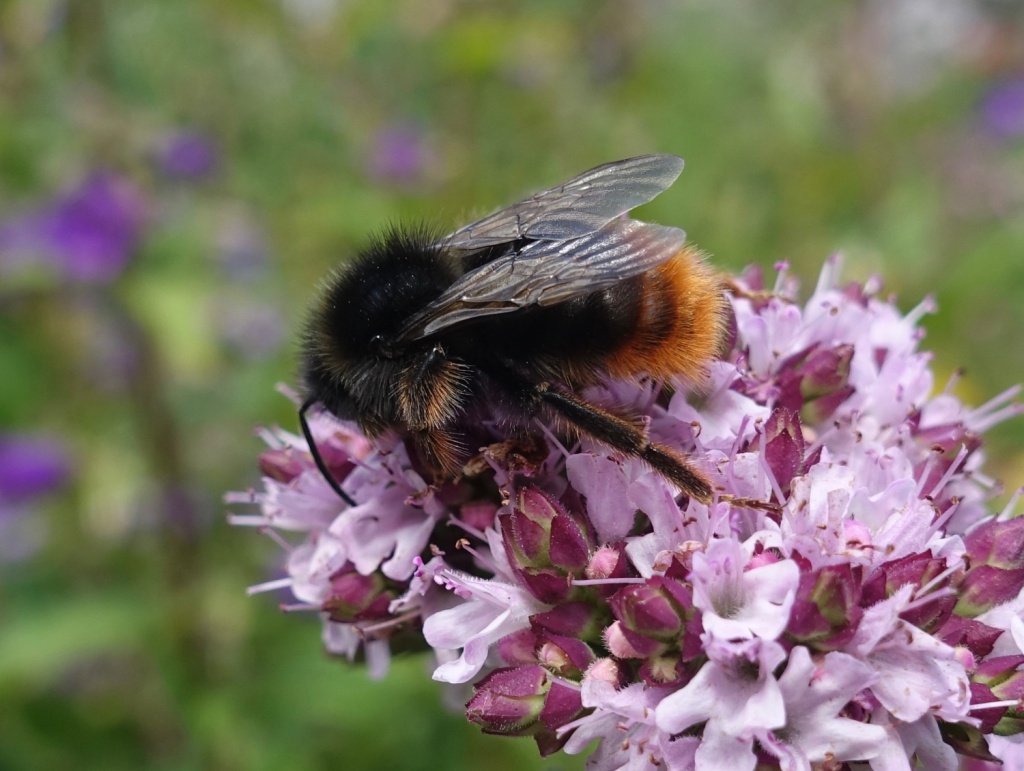As another year draws to a close, explore your exciting discoveries during the 2024 North East Bee Hunt and discover more ways you can help next year
As the fifth year of the North East Bee Hunt comes to an end, it’s a perfect time to take a look back at your sightings in 2024 and reflect on the discoveries you have made since the search for our region’s bees began. You’ve made an incredible difference to our understanding of these well-loved pollinators in the region.
Since the launch of the Bee Hunt in 2020, 16,000 sightings have been shared of 72 bee species. From our urban green spaces to the rugged uplands, over 400 of you have set out in search of bees, building a much better picture of species that call the North East home.
Together you’ve roamed nearly 40% of the North East, mapping sightings from over 780 2km squares across the region, helping to plug gaps in knowledge and even discovering regional firsts along the way!
Plugging the gaps
You have discovered new sites for bees with few known sites in the North East.
The Hairy-footed Flower Bee was only known from the Alnwick area in 2011, and rumour has it that this spring-flying bee may have arrived here in stonework from further south. Your sightings have since revealed new locations along the Northumberland coast, as well as further inland in Morpeth, and to the west in Middleton and Wallington. In 2021, its cuckoo, the Common Mourning Bee, was discovered in Morpeth, a first for the North East and one to look for at other known Hairy-footed Flower Bee sites.
Since the publication of the North East Bumblebee Atlas in 2019, the scarce Red-tailed Cuckoo Bee has been spotted in an additional 60 2km squares, an increase in 230%, with many records showing it is widespread along the coast and even within our urban parks.
Five years on, there’s still discoveries to be made. This year, the Wool Carder Bee was spotted in Hexham at three different locations, further west along the Tyne than previously recorded. A solitary bee with few and scattered records in the region, sightings are from the far north of Northumberland, Wylam, and around Darlington and Middlesborough. Females are fond of Lamb’s-ear, using its woolly plant fibres as nesting material, meaning it is one to look out for in garden settings.
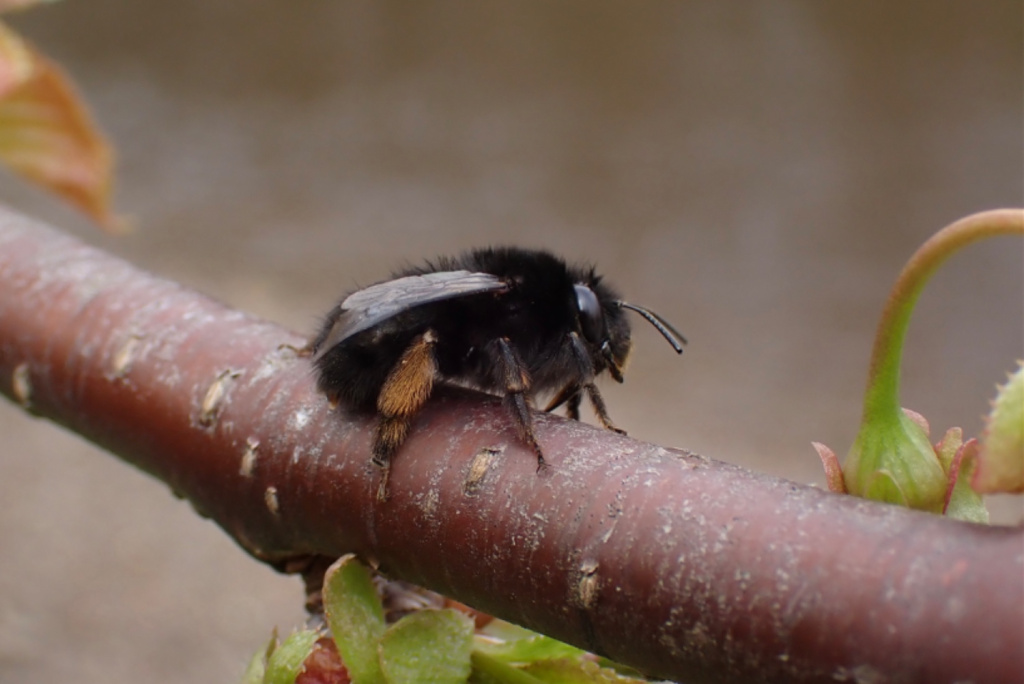
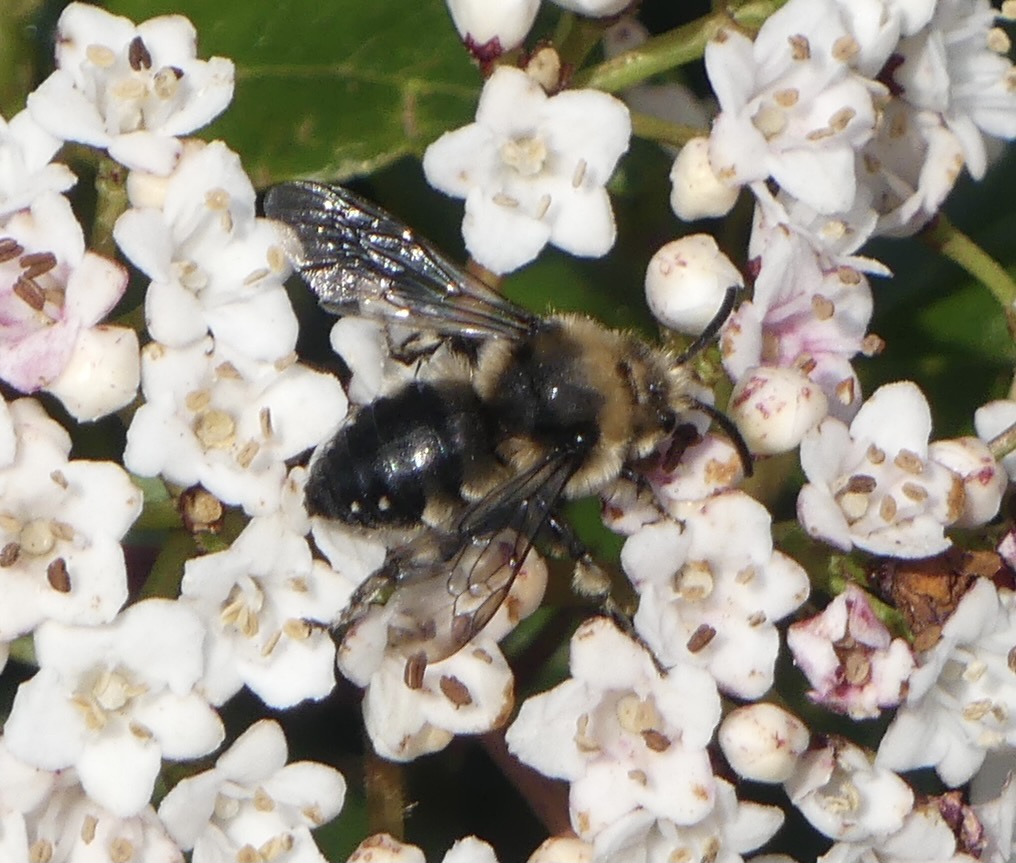
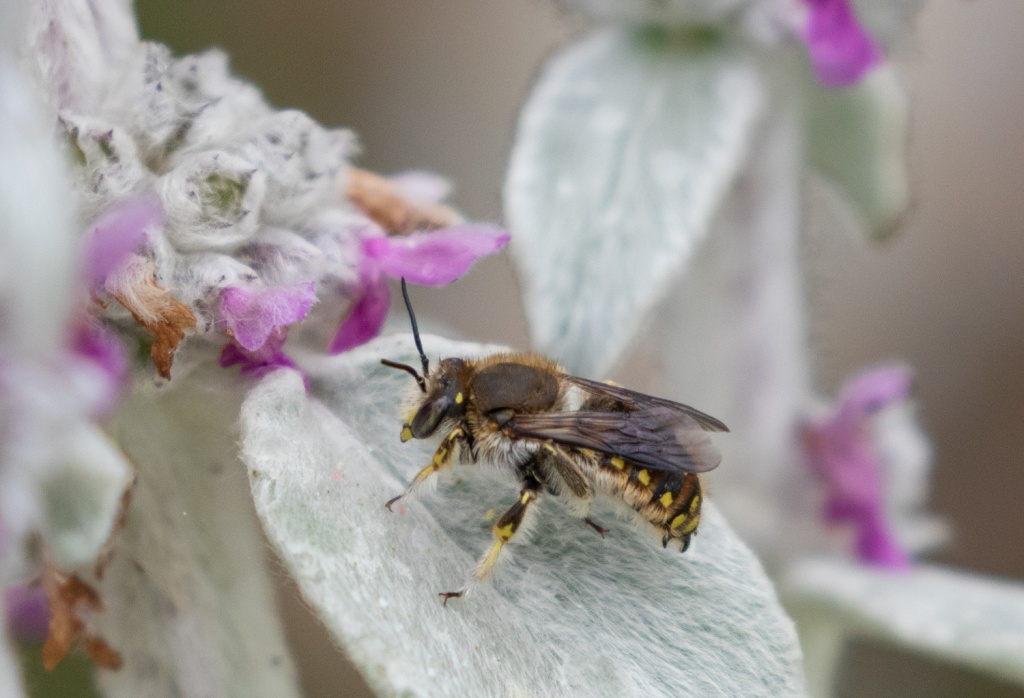
Bees on the move
Your sightings have tracked the footsteps of bees on the move. The Ivy Bee, first recorded in the region in 2017, has been documented moving up the coast, as well as a big jump inland, along the Tyne and even in the North Pennines. This year, this late-flying solitary bee has been spotted in Whitley Bay, the first known stepping stone between known coastal records in Amble and Whitburn – over 40km apart!
As the 4th most recorded bumblebee with over 1,100 sightings, records are demonstrating that the Tree Bumblebee has firmly established itself as one of the region’s most common bumblebees, having rapidly spread since its arrival in 2007.
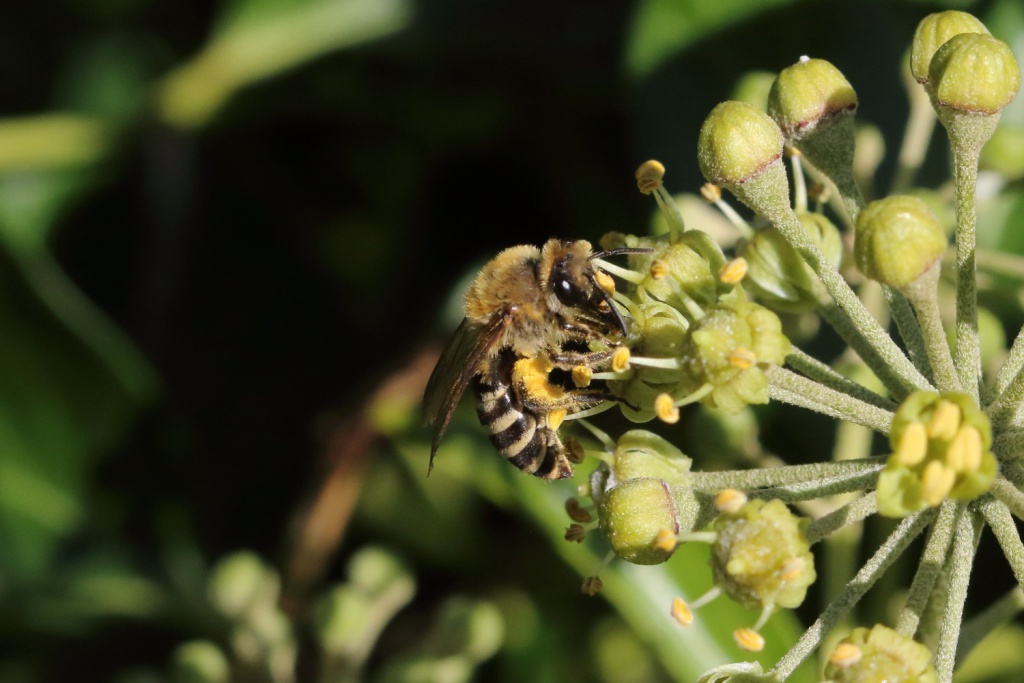
Doorstep discoveries
With over 50 bee species recorded from gardens and parks, your sightings have revealed that we don’t need to roam far to make discoveries about the North East’s bees.
Bumblebees come up top with the top five recorded bees being the Common Carder Bee, Red-tailed Bumblebee, Buff-tailed Bumblebee, Tree Bumblebee, and Early Bumblebee. The familiar and burly Buff-tailed Bumblebee has been spotted in an additional 166 squares since the Atlas was published in 2019, an increase in 200%!
Solitary bees have also made it within the top ten, with the 460 sightings of urban-dwelling Tawny Mining Bee and 280 sightings of Red Mason Bee. Your records have revealed that our gardens and parks can also be home to a variety of solitary bees, including Blue Mason Bee, Buffish Mining Bee, Chocolate Mining Bee, Davies’ Colletes Bee, Patchwork Leafcutter Bee and Fork-tailed Flower Bee.
When the Bee Hunt first launched in 2020, we shone a spotlight on five bee species to record that could likely be encountered close to home: Common Carder Bee, Red-tailed Bumblebee, Ashy Mining Bee, Red Mason Bee and Tawny Mining Bee. It is great to see that four of the spotlight species are within the top ten most recorded species of the Bee Hunt. Since 2020, over 3,500 records have been shared of these five bee species from over 600 2km squares.
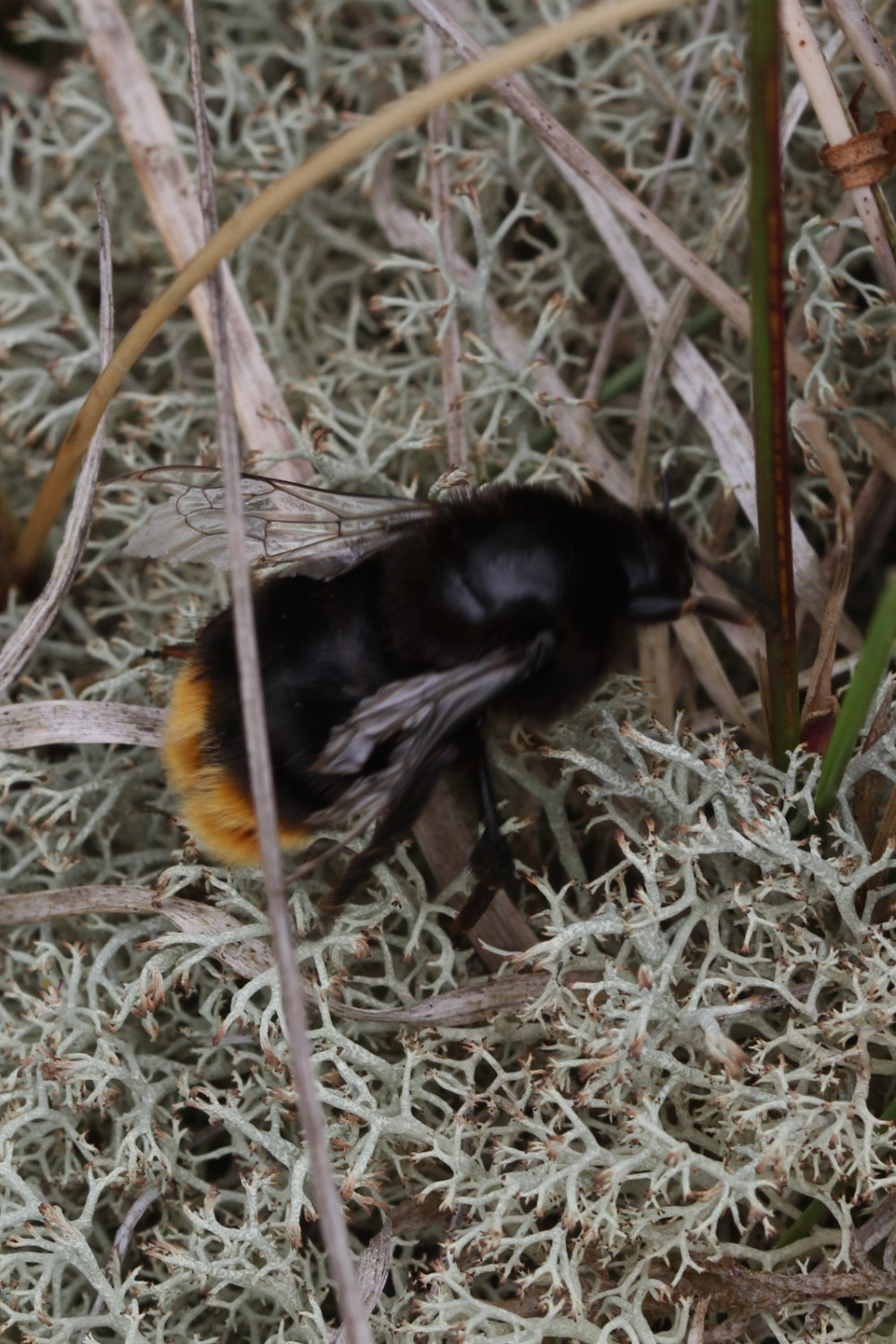
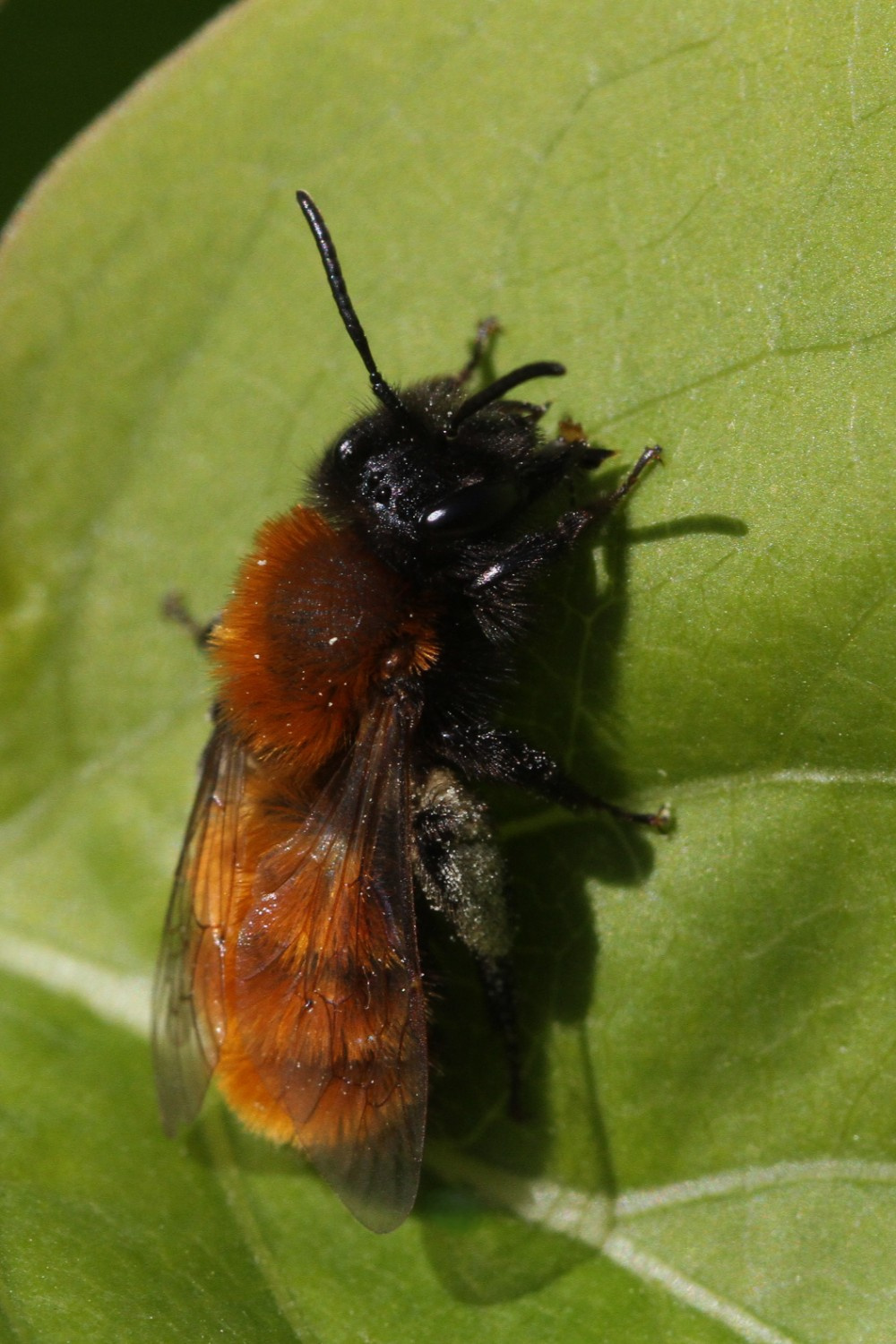
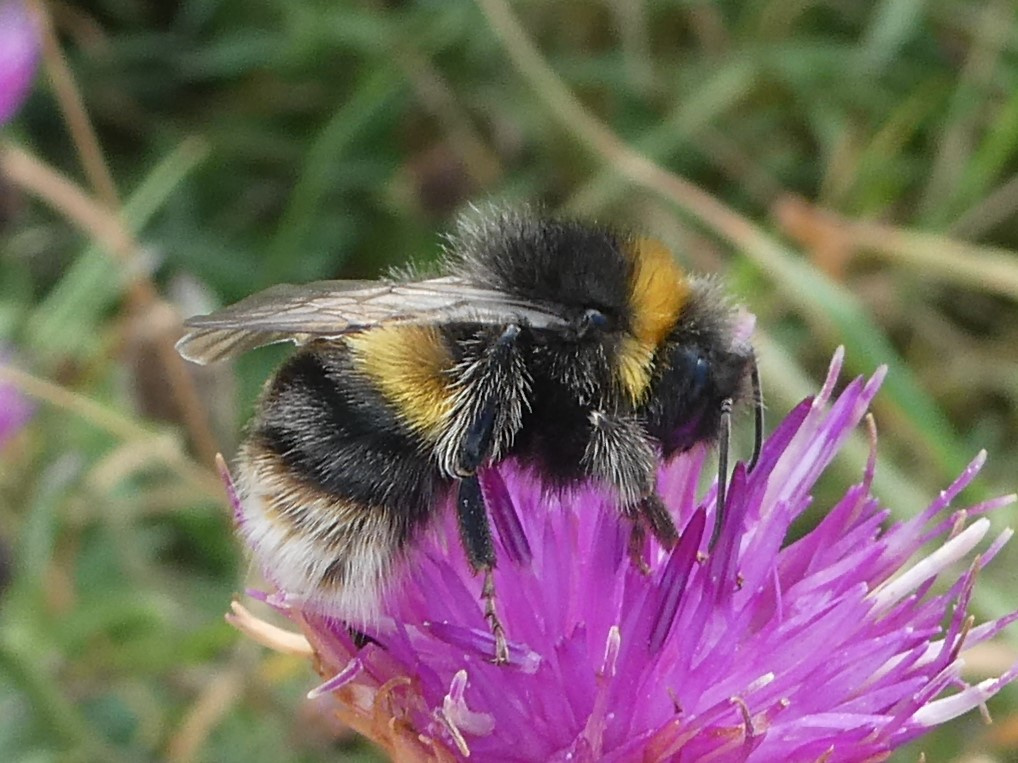
Searching for specialists
The region is home to some bees that are only found in our best habitats. Your sightings are building a better picture of where these special species are.
In the uplands, new sites have been revealed for the Northern Sallow Mining Bee, a springtime solitary bee that collects pollen from willow. The Broken-belted Bumblebee, associated with moorland and late-flowering grassland, has been discovered on the edge of Northumberland National Park for potentially the first time, outside its stronghold area of the North Pennines.
The Harebell Blunthorn Bee is a summer-flying solitary bee that collects pollen exclusively from bellflowers, particularly Harebell. There are only three known sites in the region for this bee, with the third site discovered in 2021 at Beadnell.
Sightings have also been shared of bees associated with the region’s heathland. New areas have been discovered for the Tormentil Mining Bee, a small solitary bee that collects pollen almost exclusively from Tormentil. The heather specialist solitary bee, Heather Mining Bee, has also been observed, both in Northumberland and the North Pennines, along with its nomad in North Northumberland, Nomada rufipes.
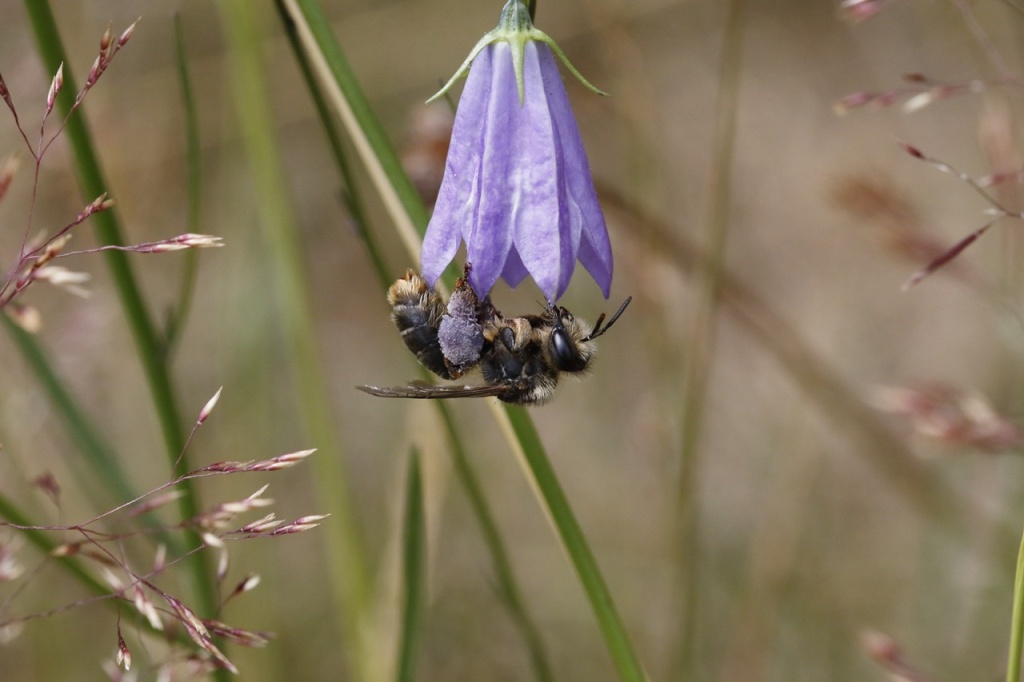
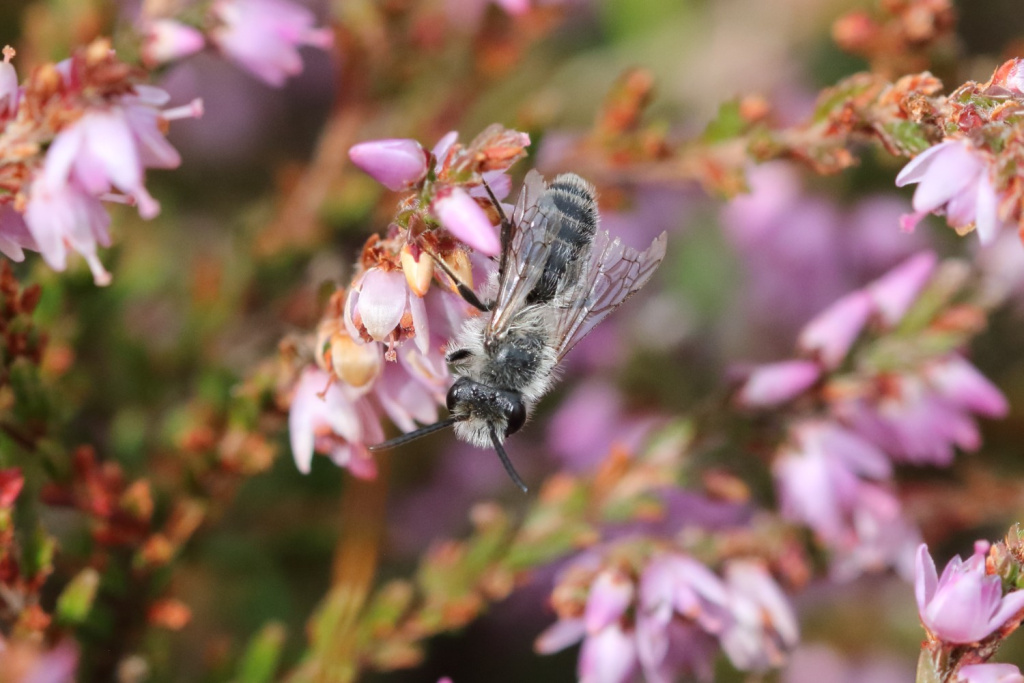
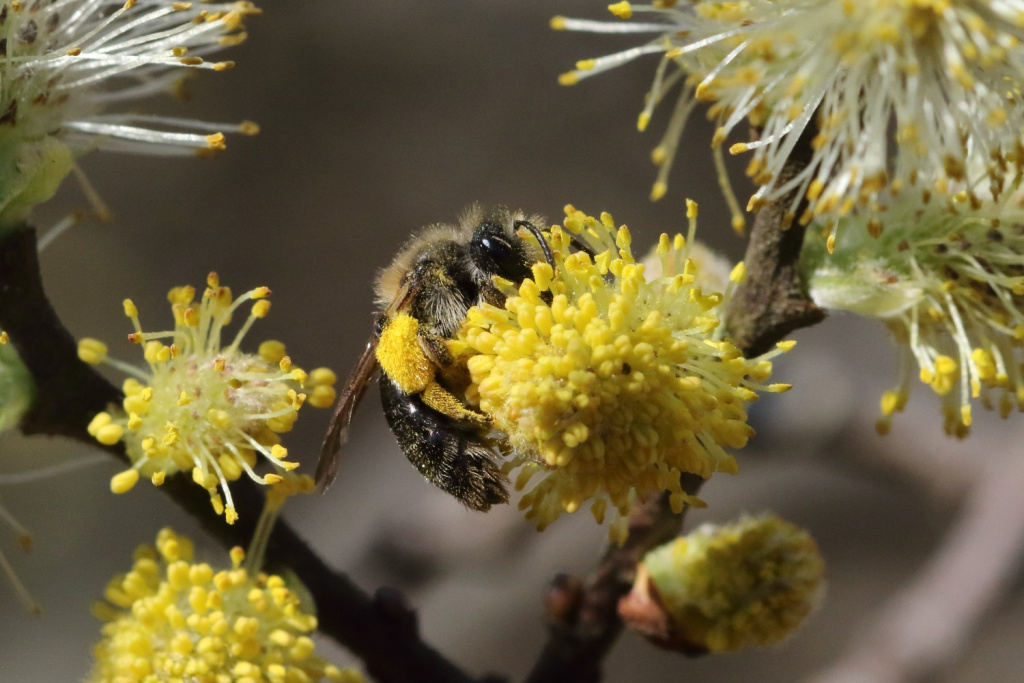
In search of bees together
From the Spetchells to Lindisfarne, we have also set out in search of bees together over the last five years. Most recently, as part of NHSN’s Field Skills Programme in 2024, early-career naturalists set out in search of bees and ladybirds across the North East. This included a trip to the North Pennines in search of the Broken-belted Bumblebee. Eagle-eyed students spotted several males during the visit, contributing to the annual monitoring of this scarce bumblebee.
A challenging year for bees
You have most likely felt a distinct lack of buzz in the air in 2024, not only bees but also butterflies, moths and other flower-visiting insects, likely due to the weather. Indeed, transects walked for Bumblebee Conservation Trust’s national BeeWalk Scheme has revealed that bumblebees have had their worst year since BeeWalk began in 2008, with numbers down 22% on average, but as much as 74% down for the Red-tailed Bumblebee.
17 years of BeeWalk data shows that bumblebees have been able to recover following poor years, and it is only with records made by you, volunteer recorders, that researchers and organisations such as Bumblebee Conservation Trust can monitor bumblebees and other pollinators year on year, informing conservation action. Every record really does count!
What’s next?
The North East Bee Hunt will continue in 2025 and we would love many more people across the region to join in. There is still much we can discover about our region’s bees with each year uncovering new discoveries. Here’s to the next five years!
Next year, it would be great to see more people..
- Spring into action and help us record the first bumblebees and solitary bees of 2025
- Continuing to fill ‘gaps on the map’ – there is only one urban 10km square left with no Bee Hunt records – NZ51! Covering the south east of Middlesborough, could you be the first to plug this gap on the map?
- Set out in search of upland species, such as the Bilberry Mining Bee and Bilberry Bumblebee, and increase our understanding of bees in upland habitats.
- Explore your local green spaces and continue to make doorstep discoveries!
